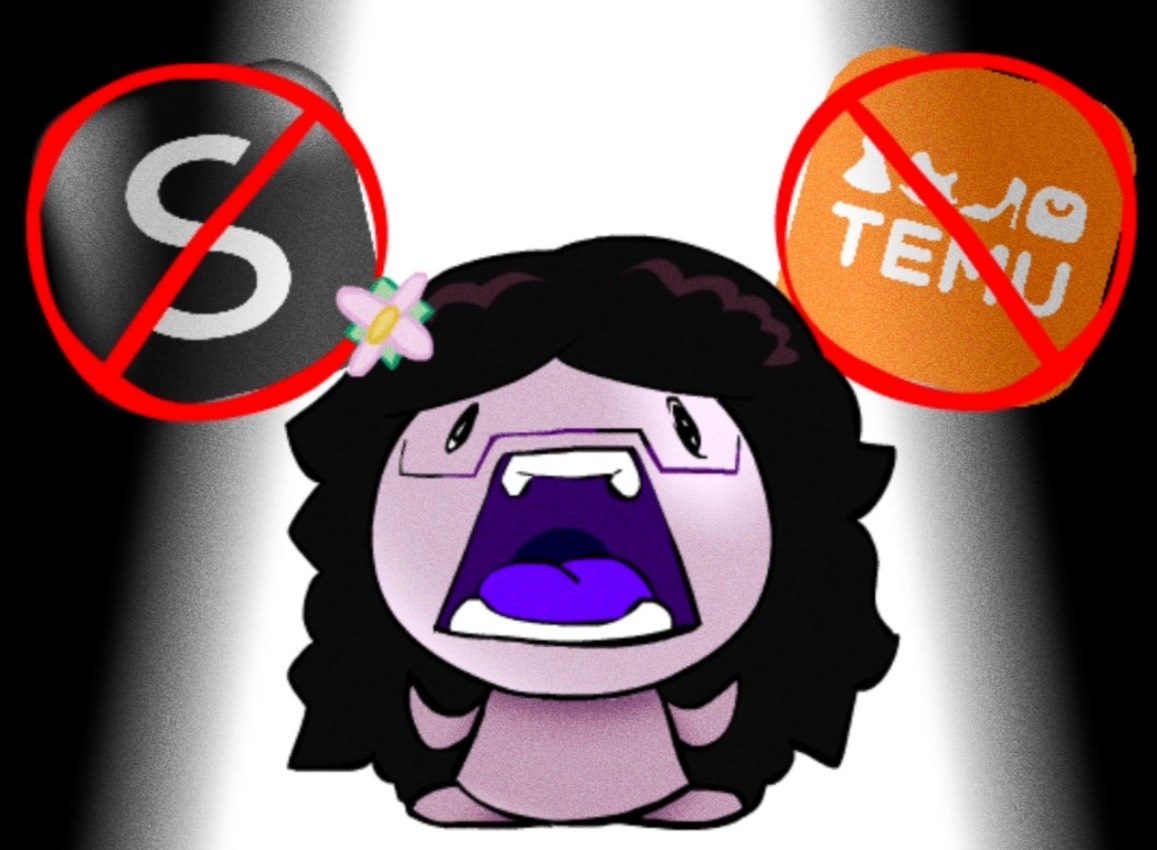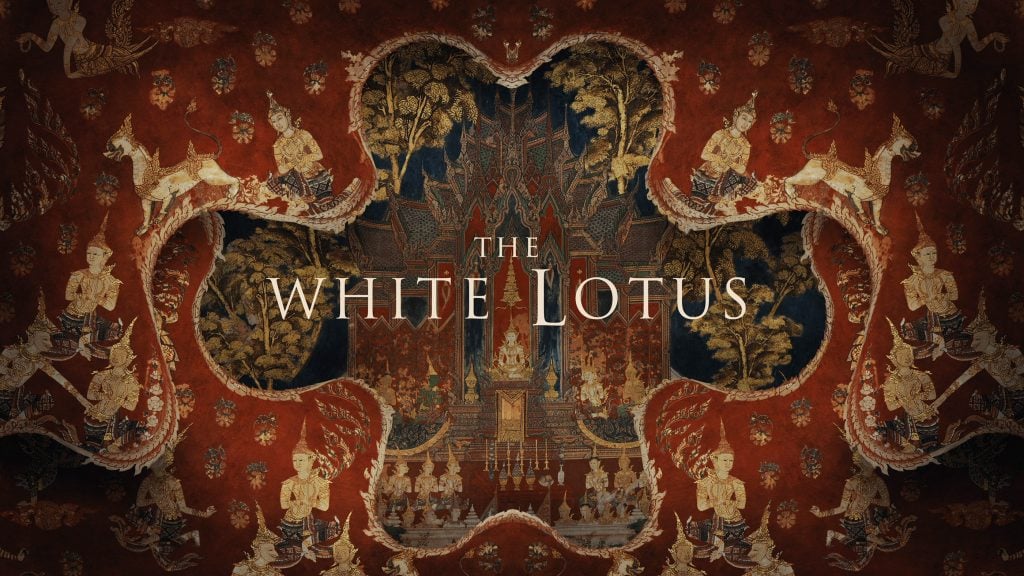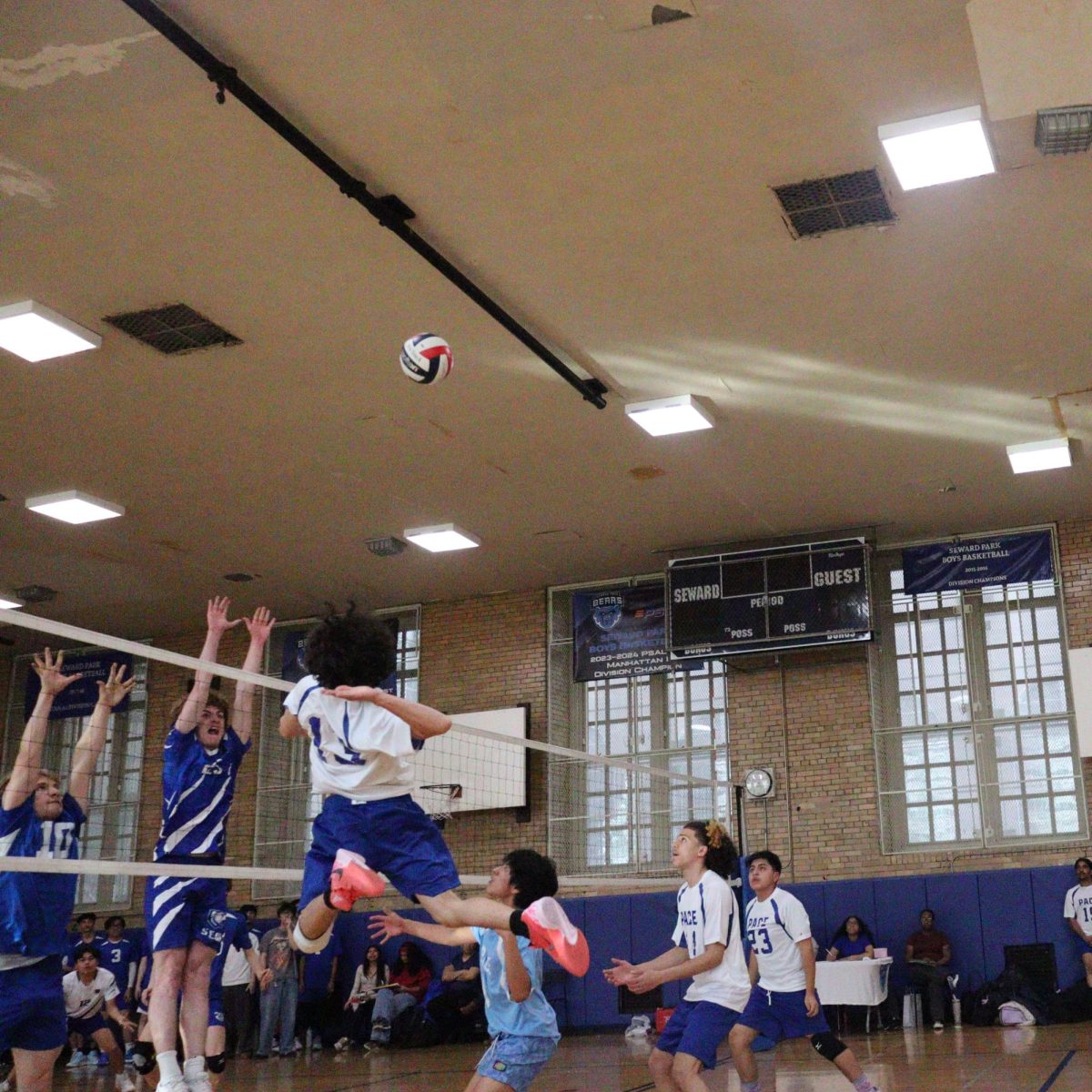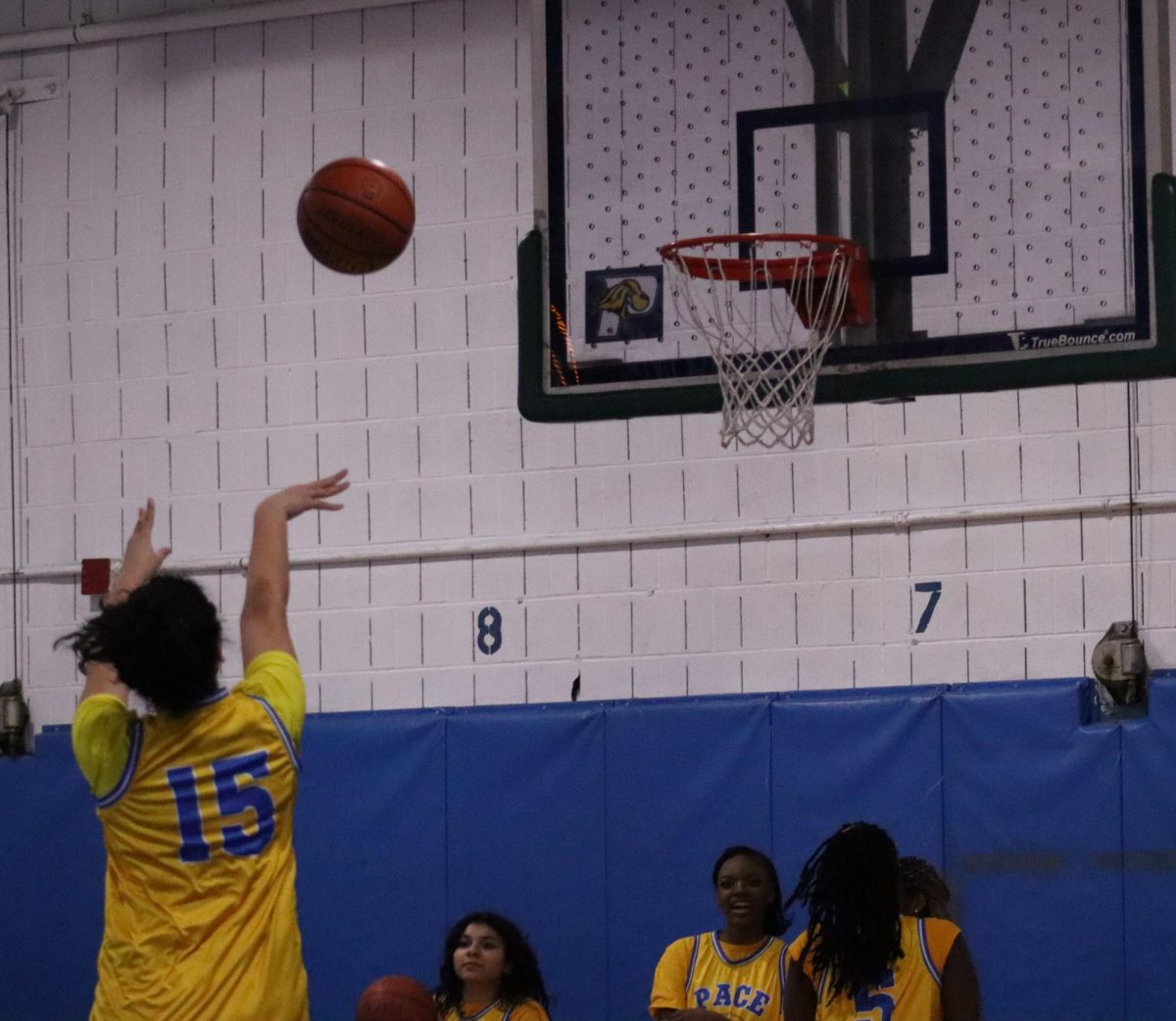Rating: ⭐⭐⭐☆☆
HBO Max’s most luxurious yet morally intricate show, “The White Lotus,” has been revived with its third season. The show greets the audience with a surplus of human emotions, commentary, and dark humor.
This season is captivating with its writing, compelling characters, and stunning cinematography. Let’s dive right in!
If you’re watching “The White Lotus” now or have in the past, you could already infer how the setting undoubtedly impacts characters. For one, the hotel being in Thailand plays a crucial role in the narrative and tone in Season 3.
The vibrant landscapes, from the gorgeous beaches to the bustling outer region of the stay, provide an impressive visual contrast to the emotional turmoil experienced by many of the characters. Also, bringing up the no cell rule, this rule is one of many reasons we, as the audience, see the thick tension emphasized by one of the characters.
This season starts in medias res, where we don’t get an explanation for the early events until we watch onward. While most people might say they’re not really a fan of this type of opening, I believe that it’s one of the most engaging.
The audience is anxious, anticipating what’s going to happen next and how it’s going to be done. It’s off-putting in the best way possible, and it’s something series creator Mike White did back in Season 2 that was loved and cherished.
While we get new characters like Rick Hatchett, played by Waltor Goggins (a very familiar face if you watched Prime’s “Fallout”) and Saxon Ratliff, played by Patrick Schwarzenegger (Gen Z star), we lost one of our favorites. A beloved character, Tanya, played by talented Jennifer Coolidge.
We also get many more famous faces in this new season, like Thai singer and K-pop star Lisa, who plays Mook in this season, and Aimee Lou Wood, who plays Chelsea and is known for her character in the Netflix show “Sex Education.”
This season the audience gets a look at the Ratliff family, Jaclyn Lemon and her friends, Rick Hatchett and his girlfriend Chelsea, and returning character Belinda from season one. The Ratliff family, consisting of a wealthy couple and their three children, adds a dimension to the show’s narrative, highlighting the absurd and superficial nature of elite society.
This could also be said of the friend group, which is seen by the audience when taking a look at the three blondes, Jacelyn, Kate, and Laurie, both connected by friendship and divided by social and economic surroundings. Their storyline specifically spotlights the struggles of maintaining relationships in a world driven by competition and status.
Throughout this season, the show masterfully blends humor with social angst, allowing viewers to reflect on the intricacies of human relationships within the context of privilege. The balance of humor and seriousness is a standpoint of “The White Lotus,” making it a spotlighted series in modern television.
Despite this fact I wasn’t really too much of a fan of this season. The pacing was sort of weird, and the ending didn’t really sit right with me. I feel that some of the characters should have died, whilst the people that did didn’t really deserve it. I give this season of “The White Lotus” three out of five stars.

























